Scrubbing Rocks, and Other Things Scientists Do
Basic scientific research is not glamorous.
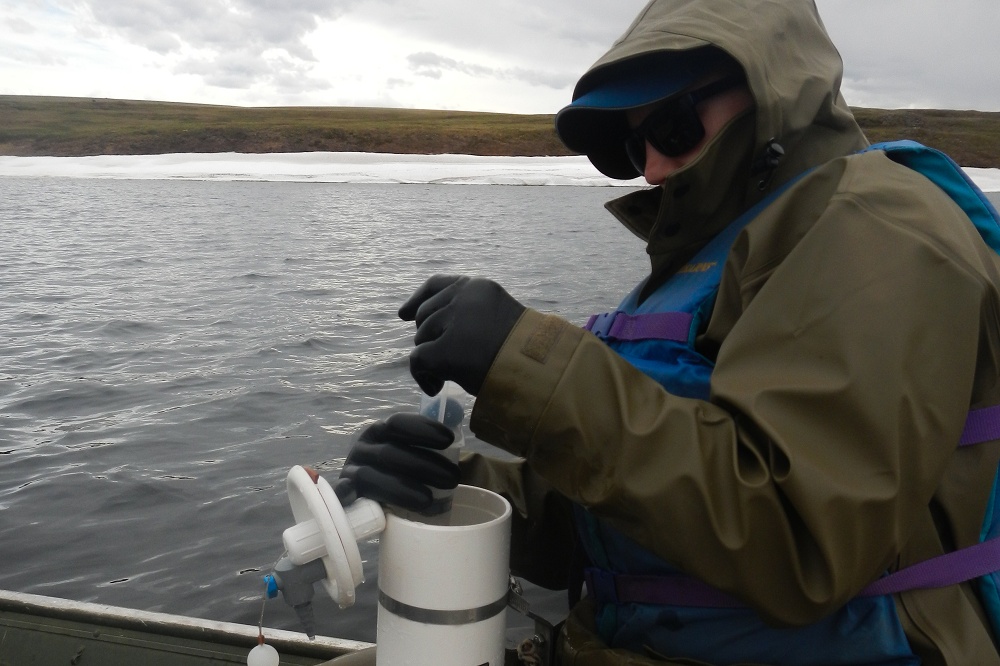
Finding myself with a relatively open schedule yesterday, I spent my breakfast asking around the dining hall for any projects I could help with or observe. As luck would have it, the stream researches had a job for me: rock scrubbing. There are times when scientific research procedures require the use of advanced instruments and techniques. Then there are times when the procedures are mind-numbingly simple.
Rock scrubbing, which is exactly what it sounds like, belongs in the latter category. We arrived at the Kuparuk River armed with plastic tubs and wire grill brushes. Filling the tubs with a sampling of the dark, smooth stones that form the riverbed, we plunked ourselves down on the bank and proceeded to scrub the rocks clean with the grill brushes. The scrubbing roughs up a slimy brown film of what looks like mud, which we rinsed into a separate plastic tub. Then we scrubbed again, and rinsed again. Scrub. Rinse. Scrub. Rinse. Eventually, the scrubbing produced no layer of slime and the rock surface felt rough. At this point, we released the rock back into the river with a casual toss and the process began again with the next rock. After all the rocks had been scrubbed, we poured the resulting muddy water into carefully labeled bottles and stored them in a black garbage bag for later analysis in the lab.
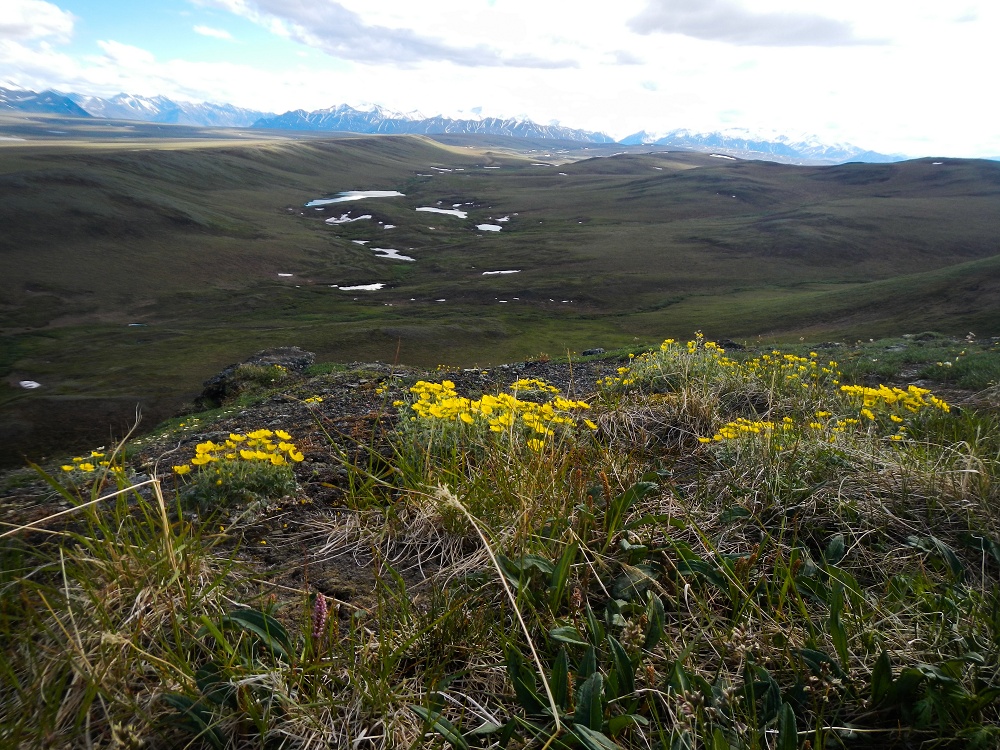
This is how I happily whiled away the morning hours next to the idyllic Kuparuk, a clear sky bringing warmth, and a lively breeze keeping the mosquitoes at bay. From an outside perspective, it would have appeared ridiculous—three people scrubbing away at rocks and collecting the bathwater. There was, however, a purpose to our toil. The rock scrubbing releases diatoms, a type of algae that are at the very bottom of the food chain in aquatic environments. The stream researchers are trying to characterize the quantity of diatoms in the river, and how that quantity changes as a result of the nutrient levels in the water. In other words, if more fertilizer is added—either artificially as part of an experiment or naturally from thawing ground—how will that affect the food chain in a river?
A researcher at Toolik told me that they can train a monkey to do many of the tasks scientists with advanced degrees do in the field (though not the experimental design and analysis). Scrubbing rocks, though mindlessly pleasant in its own way, certainly doesn’t require much of the scrubber beyond two hands and a tolerance for dirt. Sampling gases like carbon dioxide and methane from Toolik Lake—a task I observed later in the day—required slightly more attention to detail, but was still relatively elementary. The gist of the sampling was to collect water by dropping a PVC contraption down a rope to a specific depth, extract some of this water with a giant syringe, shake the syringe to release the gases, and then eject the gases into a vial. Again, this process would have looked utterly strange to the casual observer.
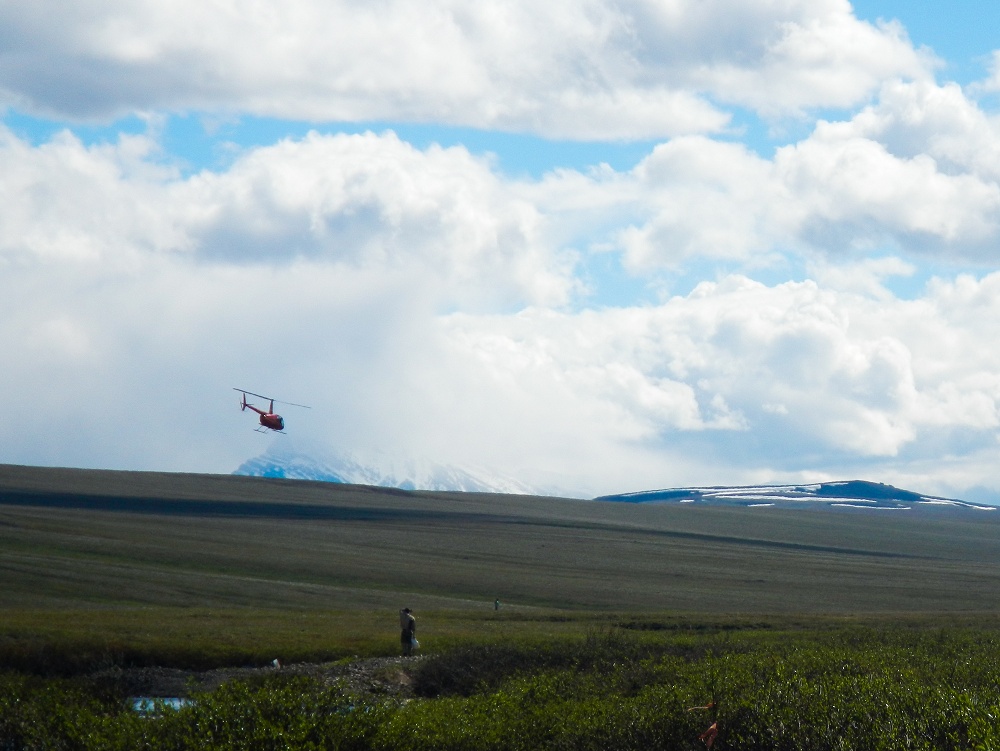
Such are the idiosyncrasies of research, but without this basic work—the nitty-gritty observations of the natural world—there would be no science at all. These simple processes are duplicated again and again, over weeks and months and years, in the hopes that the monotonous repetition will result in findings that are accurate and significant—so that when scientists say they know something, they actually do.
–Codi Kozacek, Reporter
My stay at Toolik is funded by the Logan Science Journalism Program at the Marine Biological Laboratory in Woods Hole.
A news correspondent for Circle of Blue based out of Hawaii. She writes The Stream, Circle of Blue’s daily digest of international water news trends. Her interests include food security, ecology and the Great Lakes.
Contact Codi Kozacek



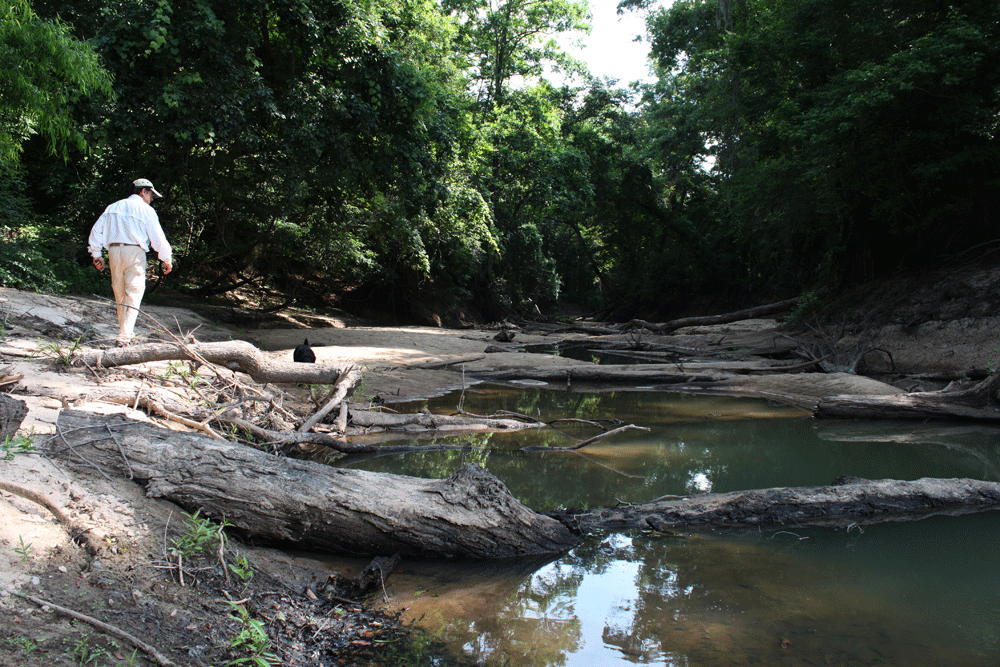
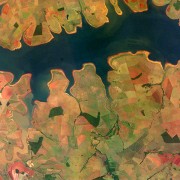



Leave a Reply
Want to join the discussion?Feel free to contribute!